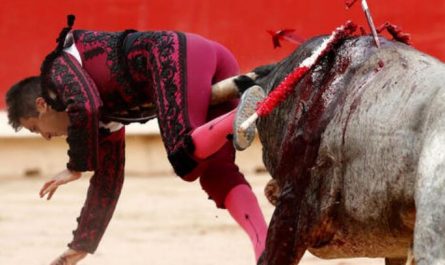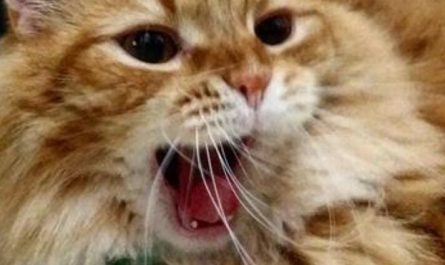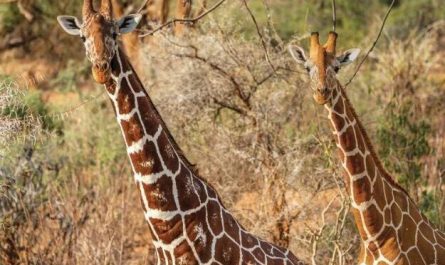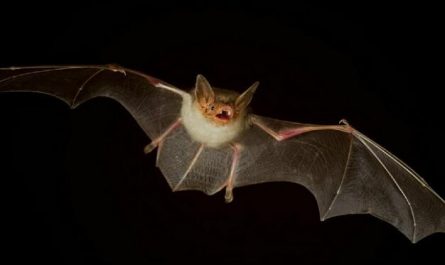The reason why silkworms are insects
Silkworms are insects of the Lepidoptera order. Silkworms are completely metamorphic insects. Like other creatures, they have their own special classification positions. It belongs to the insect class in the Arthropod phylum in the animal kingdom. Its main features are as follows:
(1) The parts of the body are assembled into three body segments: head, chest, and abdomen;
(2) The head is the sensory and feeding center, with mouthparts (mouth) and a pair of antennae, usually compound eyes and monocular;
(3) The chest is the sports center, with 3 pairs of feet, and generally 2 pairs of wings;
(4) The abdomen is the center of reproduction and metabolism, which contains the genitals and most of the internal organs;
(5) Insects undergo a series of internal and external morphological changes during their growth and development before they can be transformed into adults. This change in posture is called metamorphosis.
[Introduction to the form of silkworm]
The silkworm goes through 4 stages of egg-larvae-pupa-adult in its whole life, and its development is incomplete metamorphosis.
Therefore, the basic characteristics of insects can be summarized as: “The body has three heads, chest, abdomen, 2 pairs of wings and 6 feet; 1 pair of antennae grow on the head, and the bones are wrapped around the body; there are many changes in the shape of the body throughout the world. “After 4 stages of egg-larvae-pupa-adult, its development is not completely metamorphic.
The eggs of silkworm eggs are very small, as big as rapeseed, and the weight is very light. 40,000 silkworm eggs are only 50 grams. In spring (early April) when the mulberry tree germinates, the silkworm eggs begin to hatch, and the small silkworms break out of the egg shell. When the temperature is low, the incubation will be delayed. At this time, the temperature can be raised indoors to 20~25℃ to promote the incubation of silkworm eggs, which is called “greening”.
The larvae (silkworm) are young silkworms that have just hatched. They are black and hairy, much like ants, called ant silkworms. Ant silkworms will eat mulberry leaves as soon as they emerge from their shells, and they will eat them day and night. After 4 to 5 days, they will stop eating and enter the dormant period. After a day or so, she started to eat mulberry leaves after she shed a layer of skin. It takes 27 to 30 days from silkworm silking to cocooning. There are four dormancy periods, four sheds, and each time they shed their skins, they will grow up a bit. The interval between each molting is called “age period”, and a silkworm that molts four times is the fifth instar. The fifth-instar silkworm eats mulberry leaves for about seven days, and the silkworm body becomes transparent and begins to spin silk as cocoons. The transparent thing of the silkworm body towel is the raw material for making silk, called silk fibroin and sericin. After silk fibroin and sericin are spit out by silkworms, they become filaments when they encounter air. A silkworm spit is about 1,500 meters long.
The pupa silkworm becomes a pupa after spinning and forming a cocoon. The cocoon can protect the pupae from the bad environment, which is an instinct formed during the long-term evolution of silkworms. On the surface of the pupa, it seems to be quietly hiding in the cocoon, without change. In fact, its body is changing from pupa to moth, growing complete reproductive organs and wings. At this time, oxygen must be continuously obtained from the outside to promote the oxidation and decomposition of nutrients stored in the body to produce energy. Although the cocoon is tightly closed, the outside air can still enter from the cocoon, so the pupa will not suffocate.
The pupae of adults (silkworm moths) become moths and emerge from their cocoons after 13 to 14 days. When the silkworm moth comes out of the cocoon, it will spit out an alkaline liquid to dissolve the sericin adhering to the silk and separate the silk. Then use your head and feet to poke away this part of the wire to form a large hole and drill it out of the hole. After the silkworm moth emerges from its cocoon, it is followed by male and female mating. Female moths are relatively fat, do not move flexibly, and have hair on the ends of their abdomen. The male moth has a thin body, flexible movement, and no hair on the end of the abdomen. After mating and laying eggs, male moths and female moths die one after another after a few days. This is mainly because the mouthparts of silkworm moths degenerate and cannot eat any food. The nutrients and energy they need for life depend on the accumulation of larvae during mating and production. Almost all the nutrients stored in the body are exhausted when it is eggs; in addition, the aging and decline of the body tissue of the silkworm moth is also the cause of its death.






